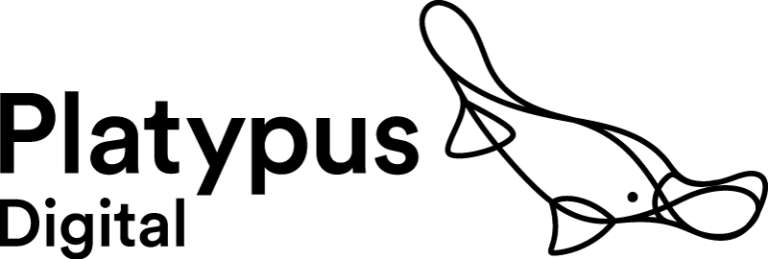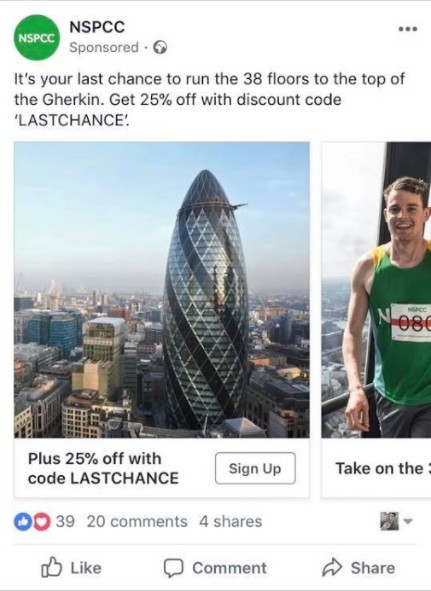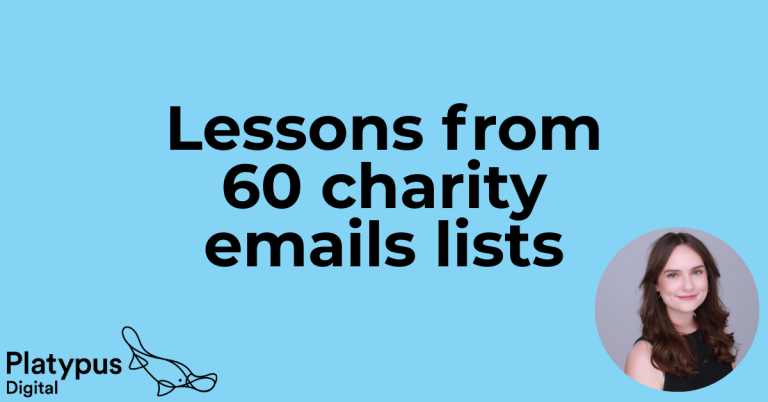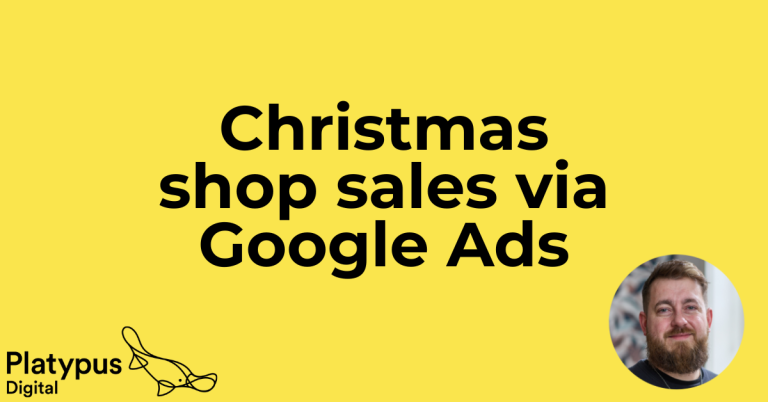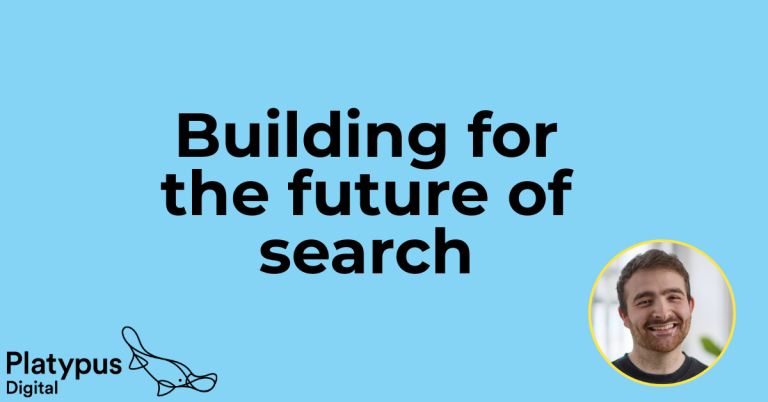A lot of people come through to our website because they’re interested in social media training. We can’t say we’re surprised.
There are so many different ad formats and audience types you can utilise that it leaves people totally baffled.
Here are top things to try if you’re just starting out.
Different Ad Formats
Standard ads consist of some text, a sole image and a call to action to click through to a website, but you should take advantage of the different formats available.
You can test carousel ads, where there is more than one image to scroll through or video ads. Depending on the purpose of your campaign, you could also look at lead generation ads (more on them below).
Split them out into different ad sets so that it’s easier to monitor the performance from a distance, and attribute more budgets to the best performing sets if you need to.
Sometimes people visit your website and, even though they’re interested in what you do, they drop off.
Maybe they aren’t in a position where they can donate to you just now, or perhaps they were inspired by some of your other marketing material, but they need a little nudge before they commit their support.
This is where retargeting can work really well. It reminds potential donors that you exist.
Almost everyone has come across retargeting at some point. Those are the ads that seem to follow you around the internet after you’ve visited a webpage. They’re a great way to remind potential supporters about your work.
If you segment your retargeting by URL, you can retarget people based on the page they landed on, which means the advert they see will be highly relevant to the content they’ve seen from you before, and they’re much more likely to engage.
You can segment by URL using retargeting tools like AdRoll, Perfect Audience or Chango.
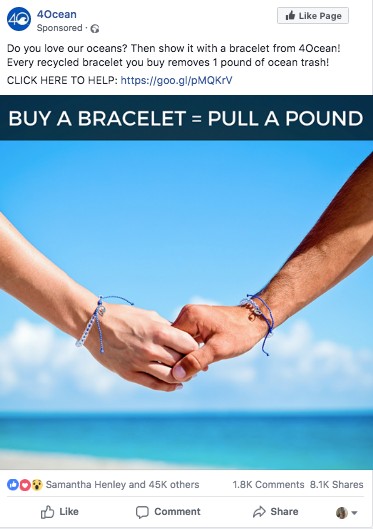
Lookalike Audiences
Your best performing audiences will normally be those who are already on your email list or like your Facebook page, closely followed by those who visit your website or have engaged with your content.
If you’re looking for another audience for engagement, you should look into lookalike audiences.
Facebook has a wealth of information on the people who like your organisation and have engaged with you before, and they can use that information to target your ads to an audience who look almost exactly like yours. The chances are that these people will like your charity, too.
Navigate your way to your ads manager, then click the three small lines at the top of the page on the left-hand side. Then click ‘All tools’. From there you’ll find a heading called ‘assets’ and underneath that, ‘audiences’.
Lookalike audiences is one of the options when you’re creating an advert. You can create audiences here and then assign them to your ads through targeting later.
Lead Generation Forms
If you’re sensible, you’re working to reduce the number of clicks a donor needs to make before they complete a call to action.
If the objective of your advertising campaign is right, you should consider lead generation forms instead of ads that ask people to click through to your website and then complete an action.
Lead generation form ads are best to use when asking people to sign up for email updates, or asking for information so that you can follow something up with another form of communication.
The forms are actually within the advert themselves, then you download the data later from Facebook and can use it as you please, as long as it meets GDPR requirements, of course.
For example, you might ask for the phone numbers of people who want to receive a free tote bag that raises awareness of your cause, then when you call them to ask for their address, request that they support your work by donating a small amount monthly.
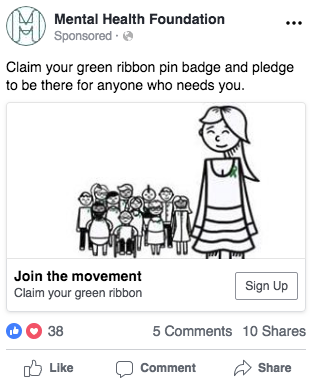
 Don’t Go Straight In For A Donation
Don’t Go Straight In For A Donation
It can be difficult to attain donations through Facebook at an ROI that makes the ad spend worth your while, so it’s best to use Facebook ads to warm your audience up as part of an ongoing campaign.
Use Facebook ads as a method of creating engaged followers of your organisation.
Share inspiring stories with them, ask them to sign up to your email list or give them a reason to like your page.
If you create a donate advert and you put it out there on its own in the hope that you’ll raise thousands of pounds overnight, you’re likely to be disappointed. Facebook advertising needs to be part of a wider communication strategy.

For more information or advice on your Facebook ads, contact Platypus Digital.
